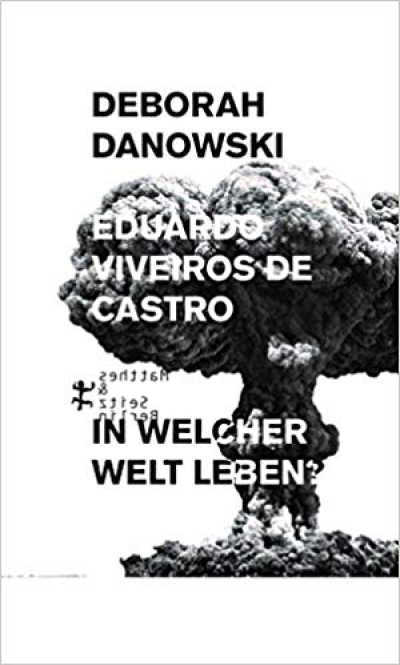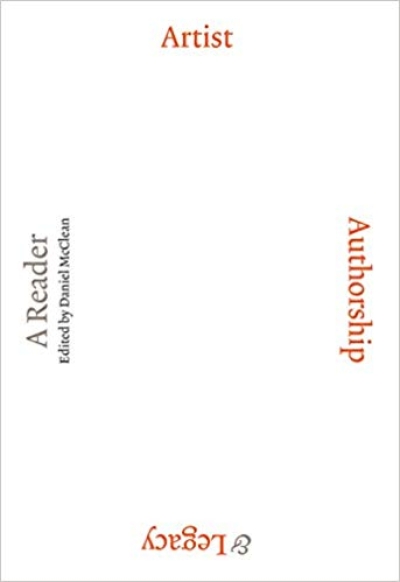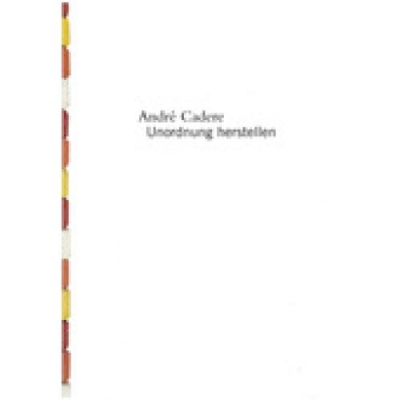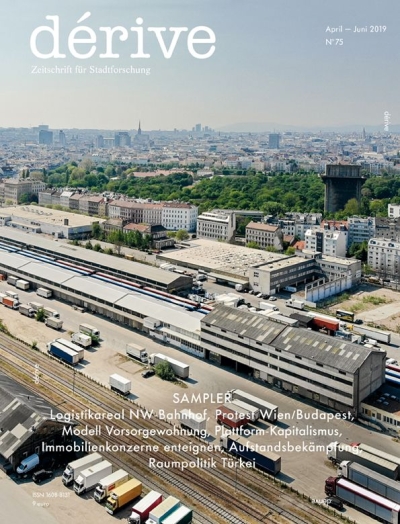
Melancholy and Architecture: On Aldo Rossi
Aldo Rossi (1931–1997) ist eine Schlüsselfigur der Architektur der zweiten Hälfte des 20. Jahrhunderts. Sein oft als melancholisch beschriebenes Werk war auf theoretischer und praktischer Ebene äusserst einflussreich. Die Geschichte der Melancholie wiederum läuft wie ein Schatten der Kulturgeschichte neben dieser her, ist Quelle des Leids wie auch der Inspiration. Der portugiesische Architekt Diogo Seixas Lopes diskutiert in seinem Buch dieses Konzept von Melancholie und setzt sich mit der Beziehung von Melancholie und Architektur auseinander. Dies tut er am Beispiel Aldo Rossis, wobei die Analyse von dessen Friedhof San Cataldo in Modena einen zentralen Stellenwert einnimmt. Kann Architektur eine Ausdrucksform der Melancholie sein? Ziel des Autors ist es, Melancholie als eine kritische Kategorie in Rossis Werk zu etablieren und dieses zugleich einer neuen, kulturell relevanten Interpretation zuzuführen.
Italian architect Aldo Rossi (1931–97) is a crucial figure in twentieth-century architecture, his work highly influential in both theory and practice. Working in Italy and throughout Europe after World War II, he disputed the then-dominant credos of the modernists—and even went so far as to question the very status of his profession. Discarding utopian pretenses, his work claimed the autonomy of architecture with formal restraint.
In Melancholy and Architecture, Diogo Seixas Lopes looks at Rossi’s work through the lens of a term often used to describe Rossi’s work: melancholy. While the influence of melancholy on literature and the visual arts has been extensively studied, its presence in architecture has been largely overlooked. Exploring Rossi’s entire career, Lopes traces out the oscillation between enthusiasm and disenchantment that marks Rossi’s work. Through a close exploration of one of Rossi’s landmark works, the Cemetery of San Cataldo in Modena, he shows how this brilliant, innovative architect reinterpreted a typology of the past to help us come to terms with representations of death and the deep sadness that inevitably accompanies it.
Beautifully illustrated, Melancholy and Architecture both illuminates the career of a key postwar architect and offers a new perspective on the long cultural history of melancholy.

































































































